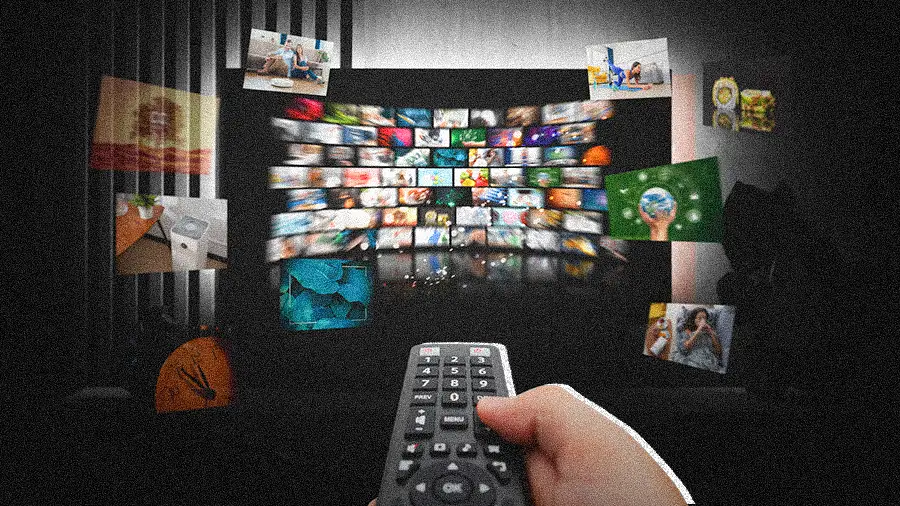In the streaming industry, innovation moves at a pace that traditional standards bodies simply can't match. But with new codecs, devices, and demands from live events continuously accelerating the technology cycle, that gap is only widening. Now, the tension between competition and collaboration is growing, too, often in direct opposition to popular narratives about a cutthroat "streaming war." To fill the gap and level the playing field, industry alliances are stepping in, often publishing best practices and guidelines faster than formal standards bodies can.
According to Mark Donnigan, a virtual CMO and Go-To-Market consultant who has generated over $500 million in value for tech companies, the streaming wars narrative tends to overlook the real business drivers. As a 20-year veteran of video technology and former VP at Beamr, where he pioneered new codecs like HEVC and AV1, Donnigan knows his industry better than most. From his perspective, competition is more about content than it is about technology.
"How Netflix built its video platform is so different from what Facebook is doing. Those are fundamental architectural decisions made years ago, and they're not going to change. Video platforms are built on standards, yet also bespoke and unique. That distinction gives them tremendous air cover to collaborate without sharing a competitive advantage. If I can't get content from service A on service B, then I only have one choice. It's service A," Donnigan says.
Beyond the budget: Extending this logic into consumer psychology, he questions the assumption that services are all competing for the same limited budget. "We don't cancel our subscriptions because of the monetary impact. We do it for a feeling of peace, realizing we're paying for something we haven't opened in three months. That decision has nothing to do with a streaming war."
Game recognizes game: Because he understands the media's need for a competitive narrative, Donnigan's critique lands with the weight of a seasoned expert. "I get that you need a headline that somebody's gonna click. I totally do because I'm a marketer. My business is to get people to stop and provoke a reaction of disbelief."
Setting aside the "war" narrative, the real industry tension comes into focus, Donnigan says. "Standards, by definition, live in ten- or even twenty-year cycles. An iPhone that is more than ten years old will still play a YouTube video reasonably well because of standards like H.264. The challenge is that while this base level works, consumers now want 4K, HDR, and exciting interactive features. That demand is an extension on top of standards that are sometimes twenty years old."
The gap is one that collaborative bodies, like the Streaming Video Technology Alliance (SVTA), are stepping in to fill. By providing an organized forum for knowledge sharing, these organizations are creating a structured space for progress that elevates discussions beyond informal conversations at industry events.
More than trade talk: But this collaborative landscape is also evolving, Donnigan explains. For example, in a move to reduce fragmentation and streamline industry efforts, the SVTA recently absorbed the DASH Industry Forum and announced its intent to merge with the Ultra HD Forum. "The industry is moving so quickly that there is a need for companies to come together and share best practices. These alliances exist to provide clear guidelines, document ways of working, and highlight technologies our members are finding effective. That is incredibly helpful when you do it in an organized way that transcends people just talking at trade shows."
For Donnigan, all of this leads to a final, counterintuitive conclusion: the primary barrier to adopting new standards is the "good enough" performance of old technology. Adopting new standards is more difficult when companies require clear business justification for costly upgrades. "It's not getting easier for devices to adopt new standards. It's actually getting harder. Apple is Apple, but everyone else has to have a business justification for why they're going to adopt playback of VVC when the old tech technically still works."
Today, it's a reality Donnigan is wrestling with himself. "Even I'm torn. For the most part, this is a bad thing. This holds back new technology adoption. And I wish I could tell you that the cycle is compressing, that it's going to be on a seven-year or even a five-year cycle soon. But history shows that's just not the way things develop."

